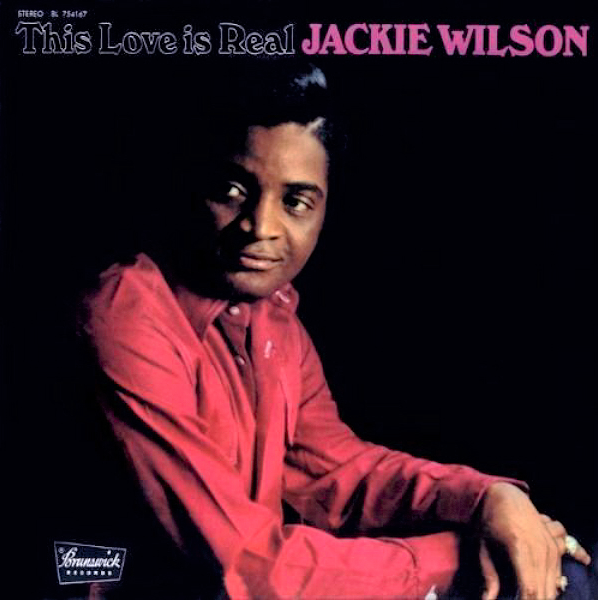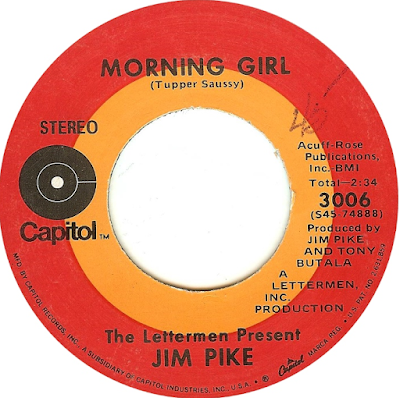
“(I Can Feel Those Vibrations) This Love Is Real” (1970) – Jackie Wilson * Written by Johnny Moore and Jack Daniels * 45: “(I Can Feel Those Vibrations) This Love Is Real” / “Love Uprising” * LP: This Love Is Real * Produced by Willie Henderson * Label: Brunswick
This was a top ten soul chart hit for the legendary “Mr. Excitement,” featuring his famous octave leaps in the choruses. (This was the third to last of his Billboard Hot 100 appearances, peaking at #59.) In the intro and at the 1:42 mark, it pays specific tribute to “Danny Boy,” which Wilson had taken to the charts in 1965. Songwriting credits go to Johnny Moore and his frequent collaborator Jack Daniels. (Moore is not the same one who sang vocals with the Drifters; neither is he the former leader of the Three Blazers. He’s an unheralded Chicagoan whose catalog as a singer and songwriter is most familiar to Northern Soul fans.)









